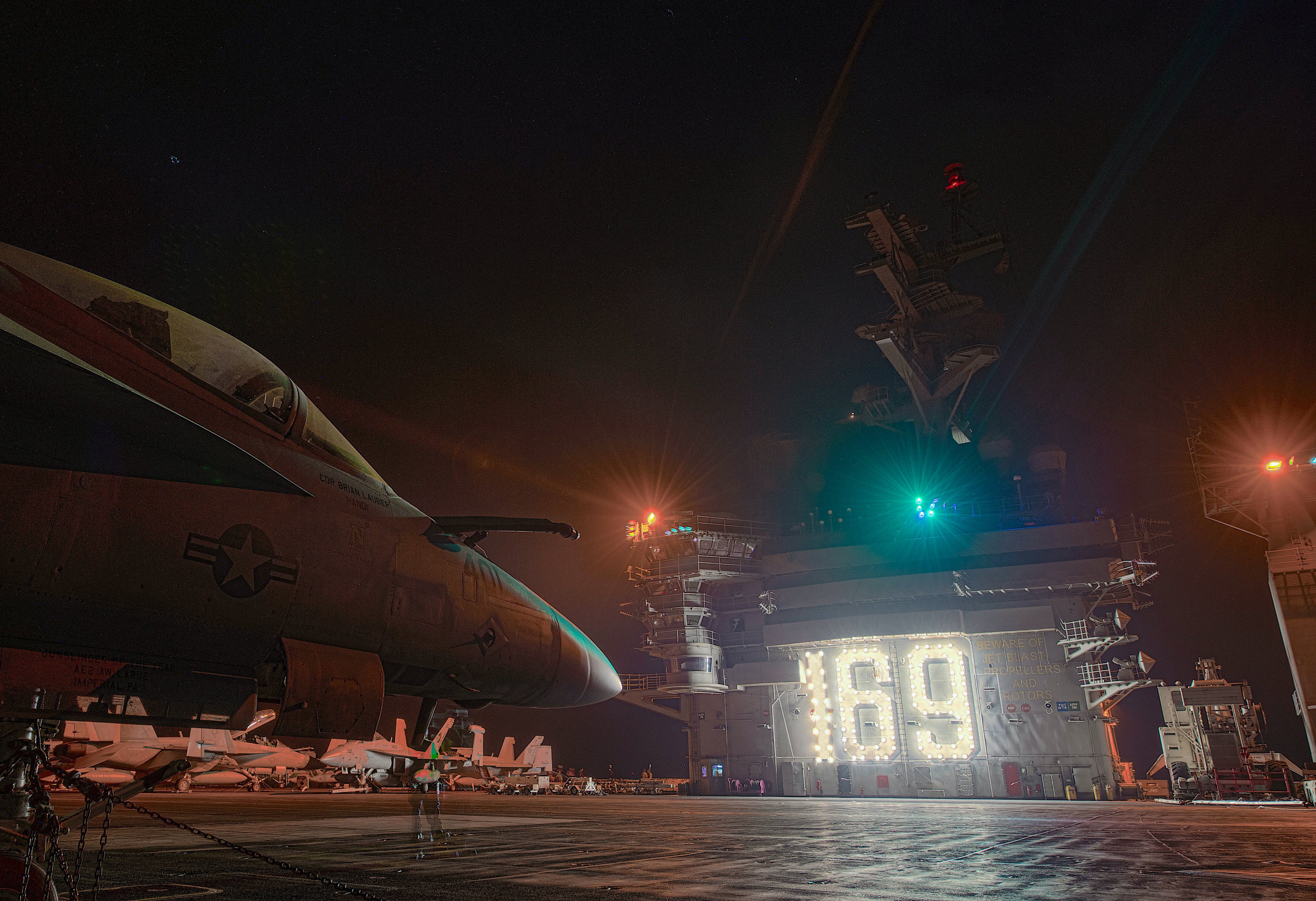
Carrier USS Dwight D. Eisenhower Operating in Red Sea, Nimitz Exercising with Indian Navy
Aircraft carrier USS Dwight D. Eisenhower (CVN-69) is no longer operating in the North Arabian Sea, a Navy official confirmed.…
Copyright 2024 U.S. Naval Institute. All Rights Reserved.